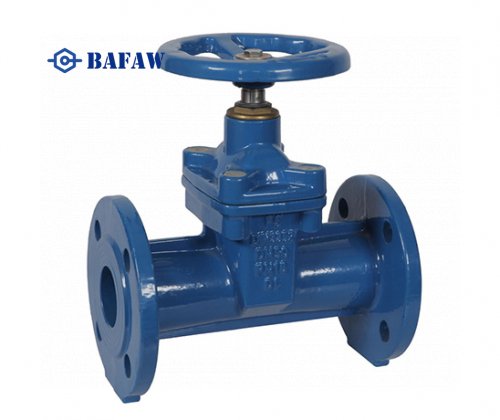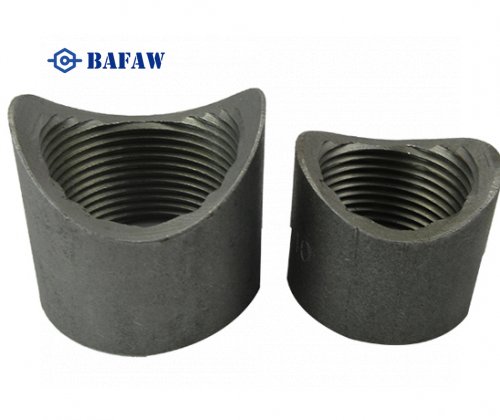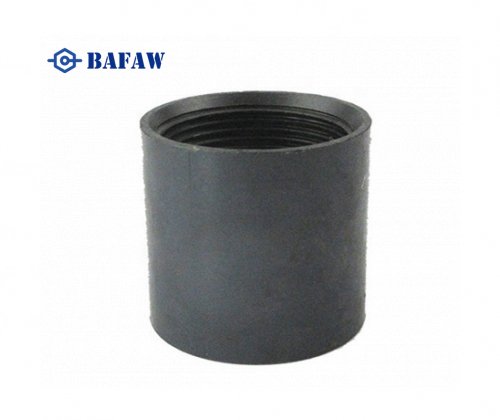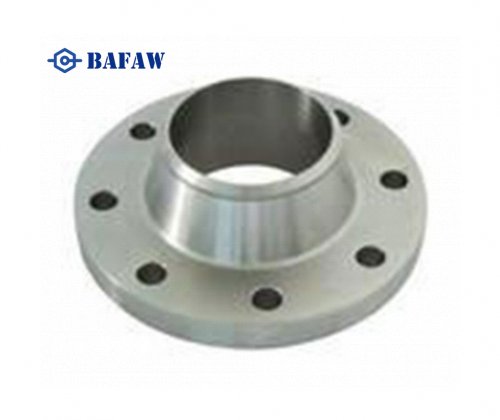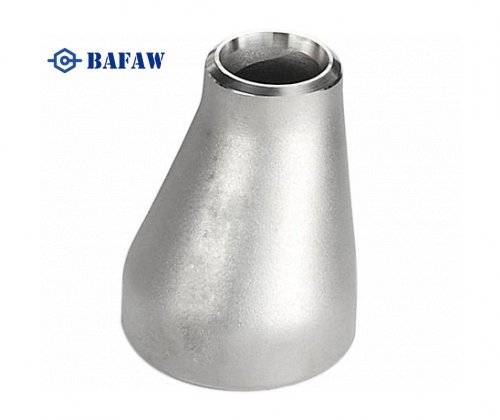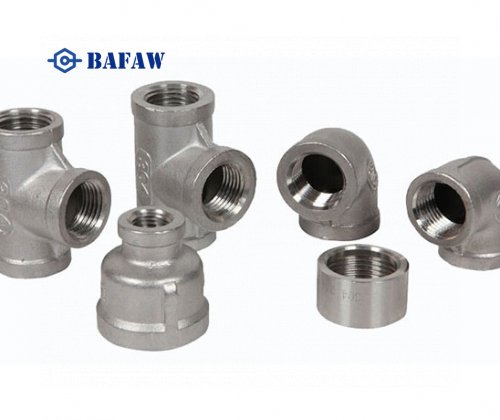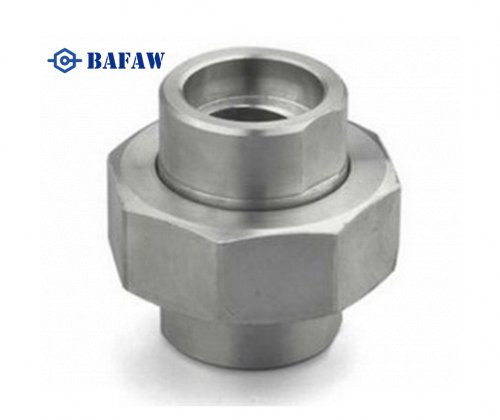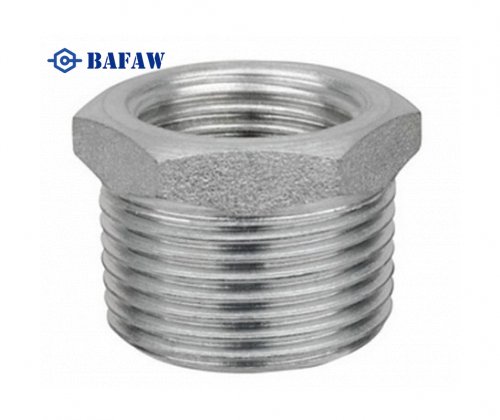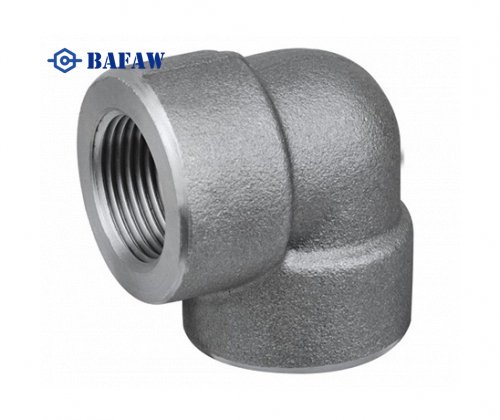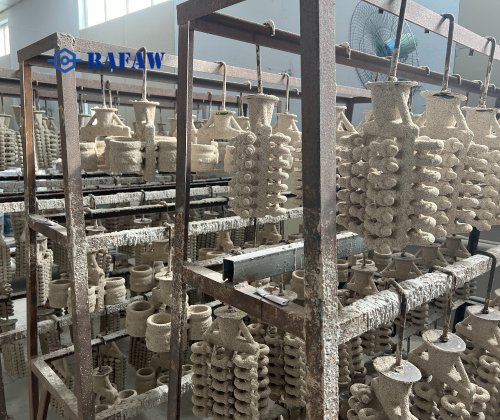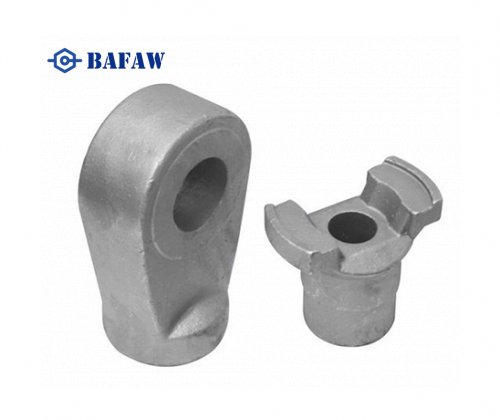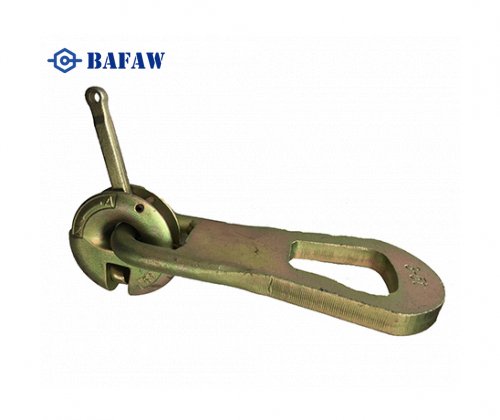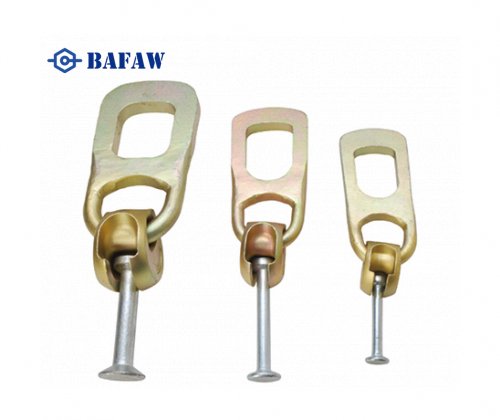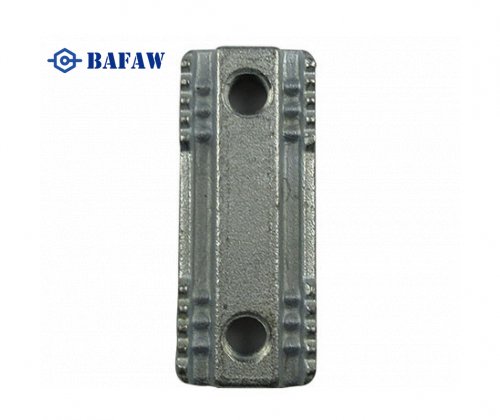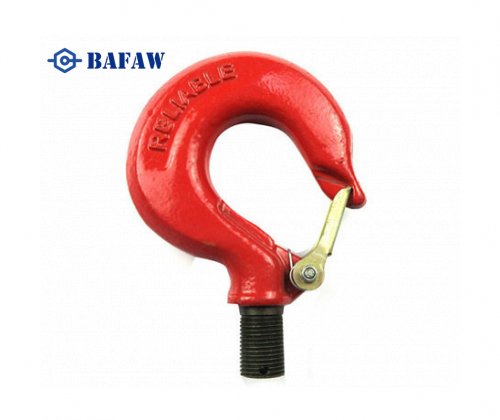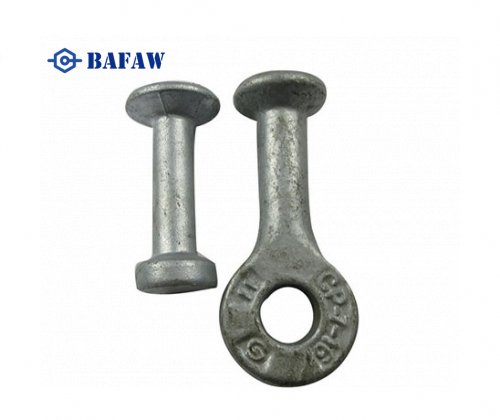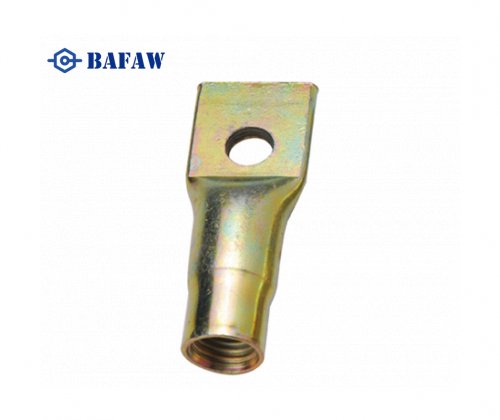Butterfly valves and gate valves are commonly used in pipelines, sharing similarities in appearance and function. However, differences exist. We will now elaborate on the distinctions between butterfly valves and gate valves.
The principles are different
Butterfly valve, also called flap valve, is a regulating valve with a simple structure. It can also be used for switching control of low-pressure pipeline media. It mainly plays the role of cutting off and throttling. The angle from fully open to fully closed of a butterfly valve is usually less than 90°. The butterfly valve and butterfly rod themselves do not have self-locking capabilities. In order to position the butterfly plate, a worm gear reducer must be installed on the valve rod. The use of worm gear reducer not only makes the butterfly plate self-locking, allowing the butterfly plate to stop at any position, but also improves the operating performance of the valve.
The gate valve is an opening and closing part, which controls the valve opening by moving up and down the valve plate. The movement direction of the gate is perpendicular to the direction of the fluid. The gate valve can only be fully opened and fully closed, and is mainly used for cutting off in the pipeline. Most gate valves adopt forced sealing, that is, when the valve is closed, external force must be relied on to force the gate plate to the valve seat to ensure the sealing performance of the sealing surface.

Different structures
Butterfly valve is mainly composed of valve body, butterfly plate, valve stem, sealing ring and transmission device.
(1) Valve body: The valve body is cylindrical, with a cylindrical boss on the upper and lower parts for installing the valve stem. Butterfly valves and pipelines are mostly connected by flanges; if a clamping connection is used, the structural length is the smallest.
(2) Valve stem: The valve stem is the rotating shaft of the butterfly plate. The end of the shaft adopts a stuffing box sealing structure to prevent medium leakage. The upper end of the valve stem is directly connected to the transmission device to transmit torque.
(3) Butterfly plate: The butterfly plate is the opening and closing part of the butterfly valve.
Gate valves generally consist of valve body, valve seat, valve stem, gate plate, valve cover, and sealing ring. By equipping transmission devices and gate valves, they can be transformed into diversified electric gate valves and pneumatic gate valves.
Flow characteristic curves are different
Gate valve: has small resistance and good shut-off performance. It has good sealing performance after closing and less internal leakage, but it is not conducive to the regulation of flow. It is often used to shut off main pipes.
Butterfly valve: small in size, combining the advantages of globe valve and ball valve. The shape of the valve disc can be adjusted to design valves with different flow characteristics, and it also has better shut-off performance. The pipe diameter is also relatively large, and it has a wide range of applications, including hot water and cold water.
Different application ranges
Gate valve is one of the commonly used cut-off valves. It is mainly used to connect or cut off the medium in the pipeline, and is not suitable for regulating the flow of the medium. Butterfly valves are suitable for a wide range of pressure, temperature and diameter, especially for medium and large diameter pipelines.
Butterfly valves are suitable for pipelines transporting various corrosive and non-corrosive fluid media in engineering systems such as generators, coal gas, natural gas, liquefied petroleum gas, city gas, hot and cold air, chemical smelting, power generation and environmental protection, building water supply and drainage. The characteristics of the industrial butterfly valve are that it can withstand high temperatures, has a high applicable pressure range, has a large nominal diameter, the valve body is made of carbon steel, and the sealing ring of the valve plate uses a metal ring instead of a rubber ring. Large high-temperature butterfly valves are manufactured by welding steel plates and are mainly used in flue ducts and gas pipelines for high-temperature media.
Generally speaking, in the water supply pipeline network, in order to reduce the soil covering depth of the pipes, butterfly valves are generally selected for larger diameter pipes. If the soil covering depth is not much affected, gate valves are selected. However, the price of gate valves of the same specifications is higher than that of butterfly valves. As for the dividing line of caliber, it should be considered on a case-by-case basis. Judging from the use situation in the past ten years, the failure rate of butterfly valves is higher than that of gate valves. Therefore, it is worthy of attention to expand the use scope of gate valves if conditions permit.
Installation and maintenance are different
Gate valve installation and maintenance
1. The handwheel, handle and transmission mechanism are not allowed to be used for lifting, and collision is strictly prohibited;
2. The double-gate gate valve should be installed vertically, that is, the valve stem is in a vertical position and the handwheel is at the top;
3. Before opening the gate valve with a bypass valve, the bypass valve should be opened first to balance the pressure difference between the inlet and outlet and reduce the opening force;
4. Gate valves with transmission mechanisms should be installed according to the provisions of the product instruction manual;
5. If the valve is frequently used on and off, lubricate it at least once a month.
Butterfly valve installation and maintenance
1. During installation, the valve disc should stop in the closed position.
2. The opening position should be determined according to the rotation angle of the butterfly plate.
3. For butterfly valves with a bypass valve, the bypass valve should be opened before opening.
4. Installation should be carried out according to the manufacturer's installation instructions. Butterfly valves with heavy weight should be installed on a solid foundation.

















